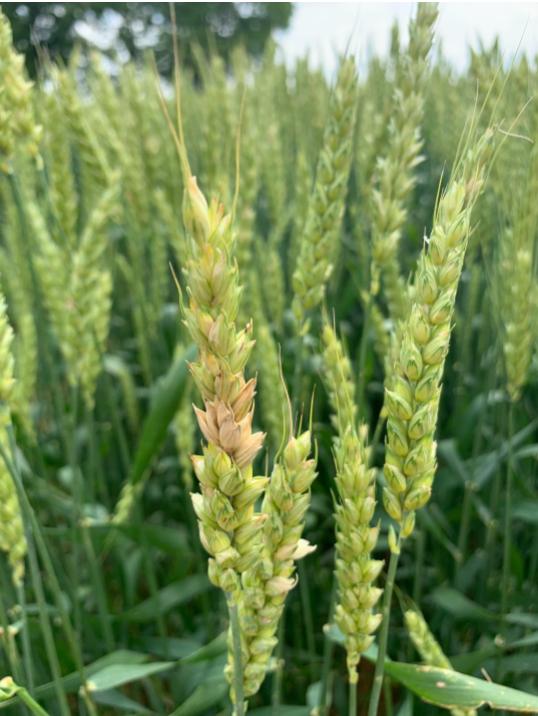About
 This website provides easy access to commented R scripts that allows reproducing the analysis of the data from our publication.
This website provides easy access to commented R scripts that allows reproducing the analysis of the data from our publication.
In this study, molecular-based methods were used to identified a collection of xx single-spore Fusarium isolates, which were collected from naturally FHB-infected spikes of different small grain hosts (wheat, spelt, barley, and rye) during the Summer 2018 and 2019 across Pennsylvania. A specific primer (Fg16) was used to identified members of the Fusarium graminearum species complex (FGSC), while EF-1α sequences were obtained for the non-FGSC isolates. The trichothecene (toxin) types for those isolates, as well as for an additional set of 77 F. graminearum isolates from overwintering crop residues during the Winter 2012, were determined with a multiplex PCR assay that amplified portions of the TRI3 and TRI12 genes. Additionally, a subsample of 31 F. graminearum isolates, 16 of 3ADON and 15 of the 15ADON type, were assessed for their reproductive fitness and sensitivity to triazole-based fungicides.
Citation
Duffeck, M. R., Bandara, A. Y., Weerasooriya, D. K., Collins, A. A., Jensen, P., Kuldau, G. A., Del Ponte, E. M., & Esker, P. D. (2020). Research compendium: Fusarium head blight pathogens of small-grain cereals in Pennsylvania.